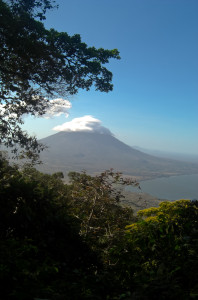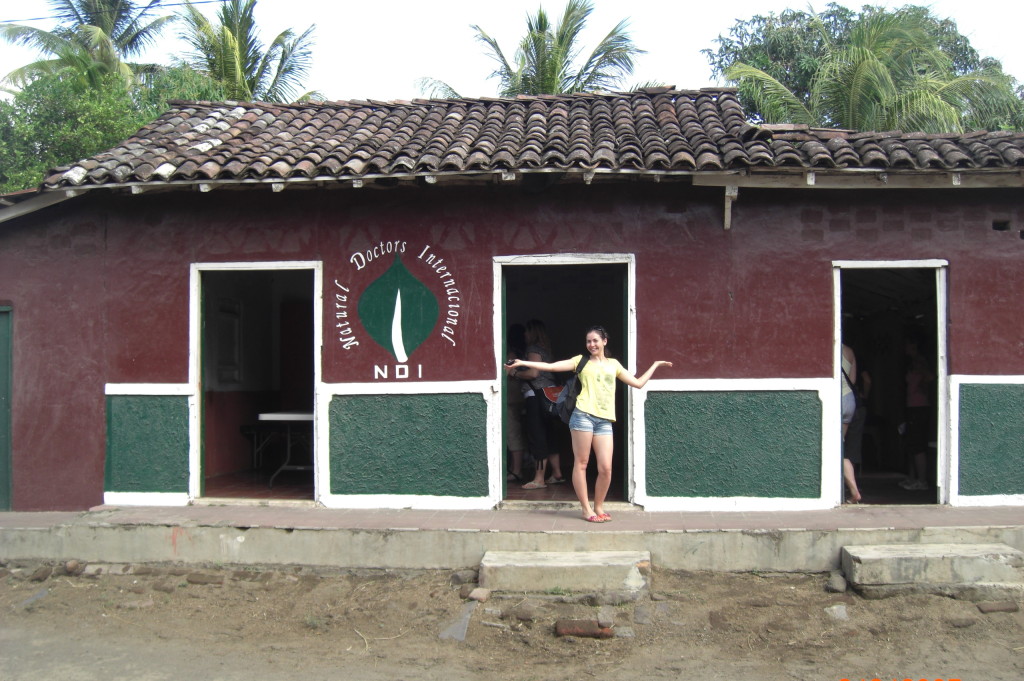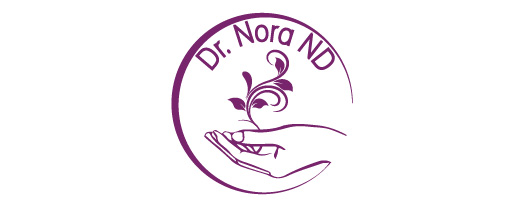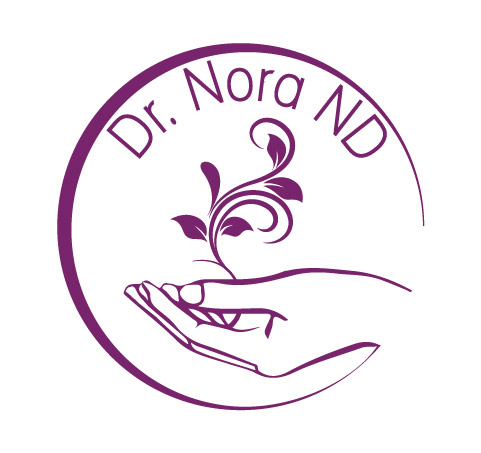The pilot is preparing for landing and the excitement in me is growing exponentially. From the small window of the airplane, I am watching the mountainous land beneath us. Its beautiful green is foreign to me as, unlike the grid-pattern structure of the land in North America, it is asymmetric and irregular. It is unfortunate that the political instability and the corruption of its government have caused hardship upon the people of this beautiful land.
Upon our arrival in Managua, the capital city of Nicaragua, we still have few hours to spare before the nighttime falls. We take advantage of this opportunity and explore the city. People are busy everywhere. Capitalism has flooded the city and the negative influences of the globalization are in abundance where shopping malls and McDonalds are at every street corner. Meanwhile all throughout Managua the shadows of Sandino – a Nicaraguan revolutionary and the leader of the rebellion against the US occupation – are decorating the urban landscape.
The city is also decorated with Christmas tree decorative lights. I am told, at the hostel, that Christmas trees infatuate Daniel Ortega, the current president of Nicaragua; meanwhile the people are struggling for their basic necessities of life.

Concepcion Volcano
The next day, we are still on the road, as our final destination is a small town on a volcanic island of Ometepe, located in the heart of Nicaragua’s largest freshwater lake. Lago de Nicaragua is the only natural habitat for the fresh water sharks in the world, and we must cross its rocky waters in a small ferryboat. One of the crew tells me that because of the over fishing for shark fins, the locals have not seen a shark in their lifetime. The island of Ometepe is formed by two volcanoes of Maderas and Concepcion. The former has been dormant for millennia where as the latter, with its ever-white permanent ring of cloud covering its tip, is still active.
Upon arrival to small town of Los Angeles, we are embraced in care and love by our Nica family, the Nicaraguan families who, for the next ten days, will shelter us, feed us, and make us feel at home. Gallo pinto – rice and beans – quickly becomes our favourite meal.
Nicaragua has a socialist healthcare system and medicine is free of charge. However most often the limited free medication runs out and patients are expected to purchase it themselves. Naturopathic medicine is recognized in Nicaragua and similar to medical doctors, the naturopathic doctors practice in hospitals, and prescribe medications and lab tests.

Natural Doctors International
On our first day on the island, we have the pleasure of meeting Dr. Tabitha Parker ND, the founder of Natural Doctors International (NDI), and an inspiring individual. Only recently NDI has opened a clinic, more like a house turned into clinic; although small, it serves a great purpose. As we unravel and organize all the donations we have with us, our eagerness to start helping people grows. Regardless of the exhaustion from the travelling and lack of sleep, the energy is high in every one of us, and continues to remain high through the remainder of our stay.
The everyday routine is to eat breakfast, lunch, and dinner with the family, go to the clinic for morning or afternoon shift, and finish off in the evening with a reflection and a lecture on globalization and healthcare. The clinic is very busy. Every day patients line up outside, sometimes waiting all day to be seen by the doctor. We saw, on average, close to 200 patients in one week. As part of the care provided by us, we performed a physical exam on each patient. The patient is then sent to be seen by one of the doctors and team of shadowing students.
Everything in the stockroom is used to help the patients with their concerns. Massage, cupping, acupuncture, homeopathy, tinctures, supplements, are most of the tools used to help the people, and at times it is necessary to prescribe pharmaceuticals. Even as a first year student, the experience is highly educational and inspiring. The environment at the clinic is very casual and encourages students to contribute their knowledge in helping each patient.
Our last weekend on the island, as a tribute to the help we have provided, one of the families organized a fiesta at their home on our behalf. We learn a few dance moves from a seven-year old girl and watch the true Nica dancers take over the dance floor. On Saturday we hike through the rainforest of Maderas, climbing up the volcano and into the crater, which is home to a peaceful lagoon for thousands of years. Our knowledgeable tour guide educates us on the medicinal plants that we see on our route. Along the way we see monkeys, a cocoa farm, and ancient petroglyphs left behind by the indigenous people. The smell and sound of the rainforest is replenishing and the mud that covers us is therapeutic, it gives us a sense of belonging and unity with nature.
The ten days roll around quickly and it is time to say our goodbyes. I am amazed on how close I have become with my Nica family in such limited time, feeling as if they are my second family. With tearful eyes we depart feeling that more time could have been spent there. At the same time wanting the comfort of our pest free home with running hot water, a guilty feeling overtakes us, for having so much and not being able to share that with them.
— Nora Ovtcharova
February 2011

